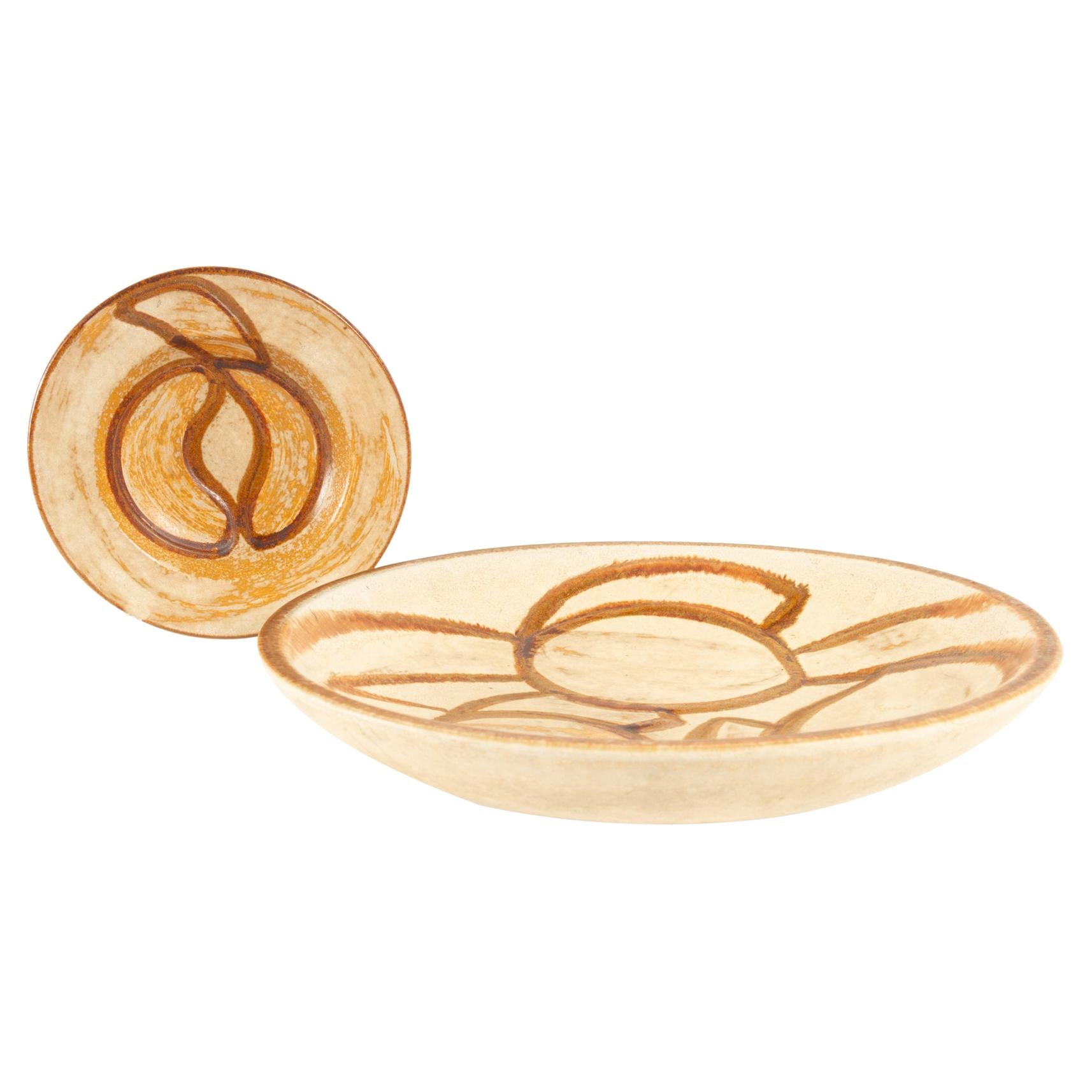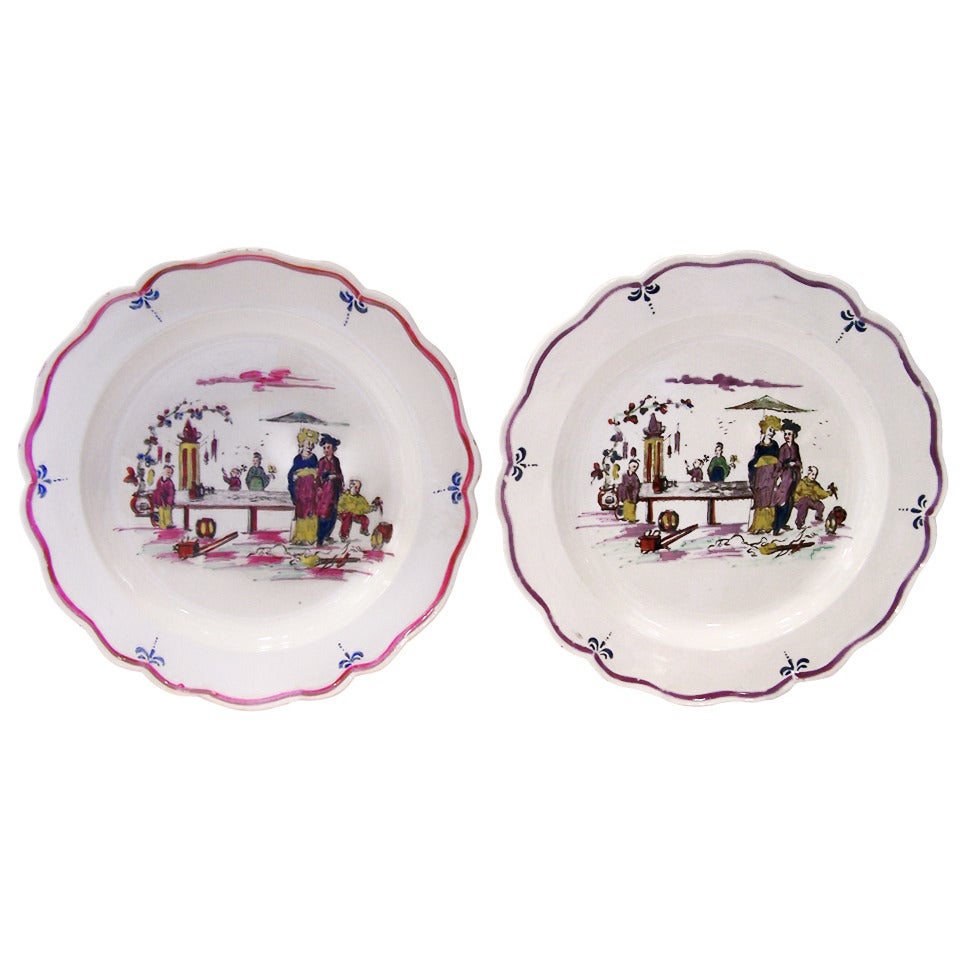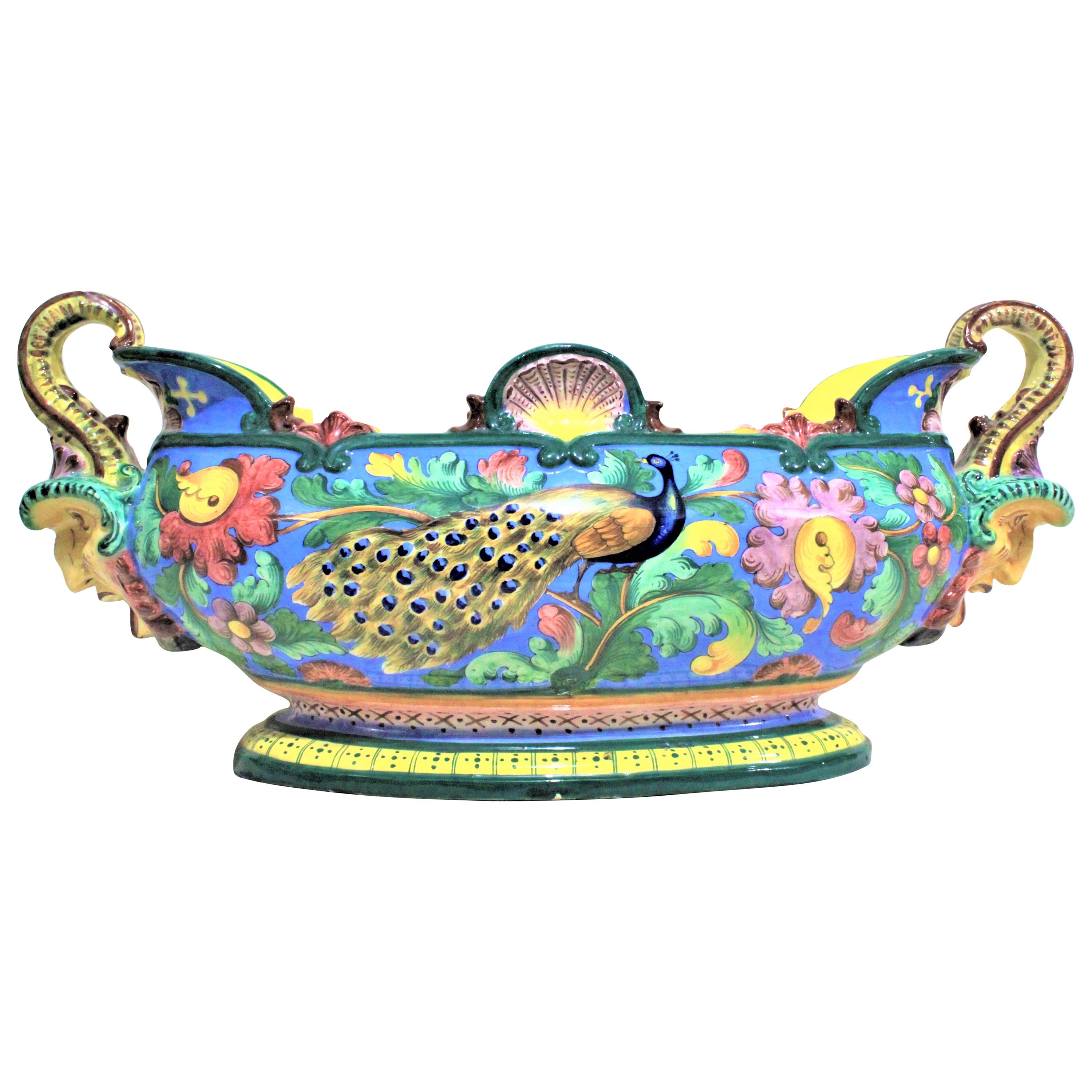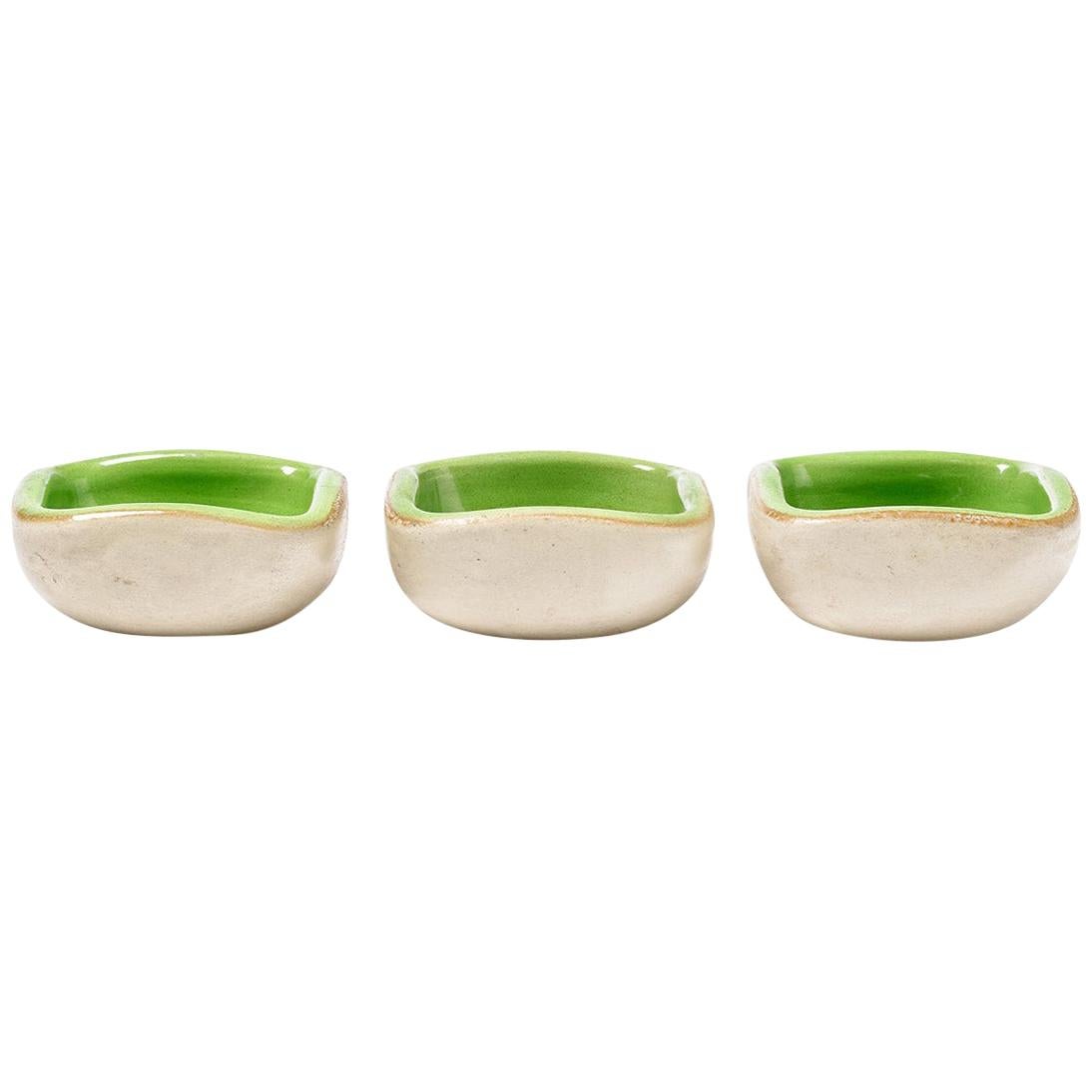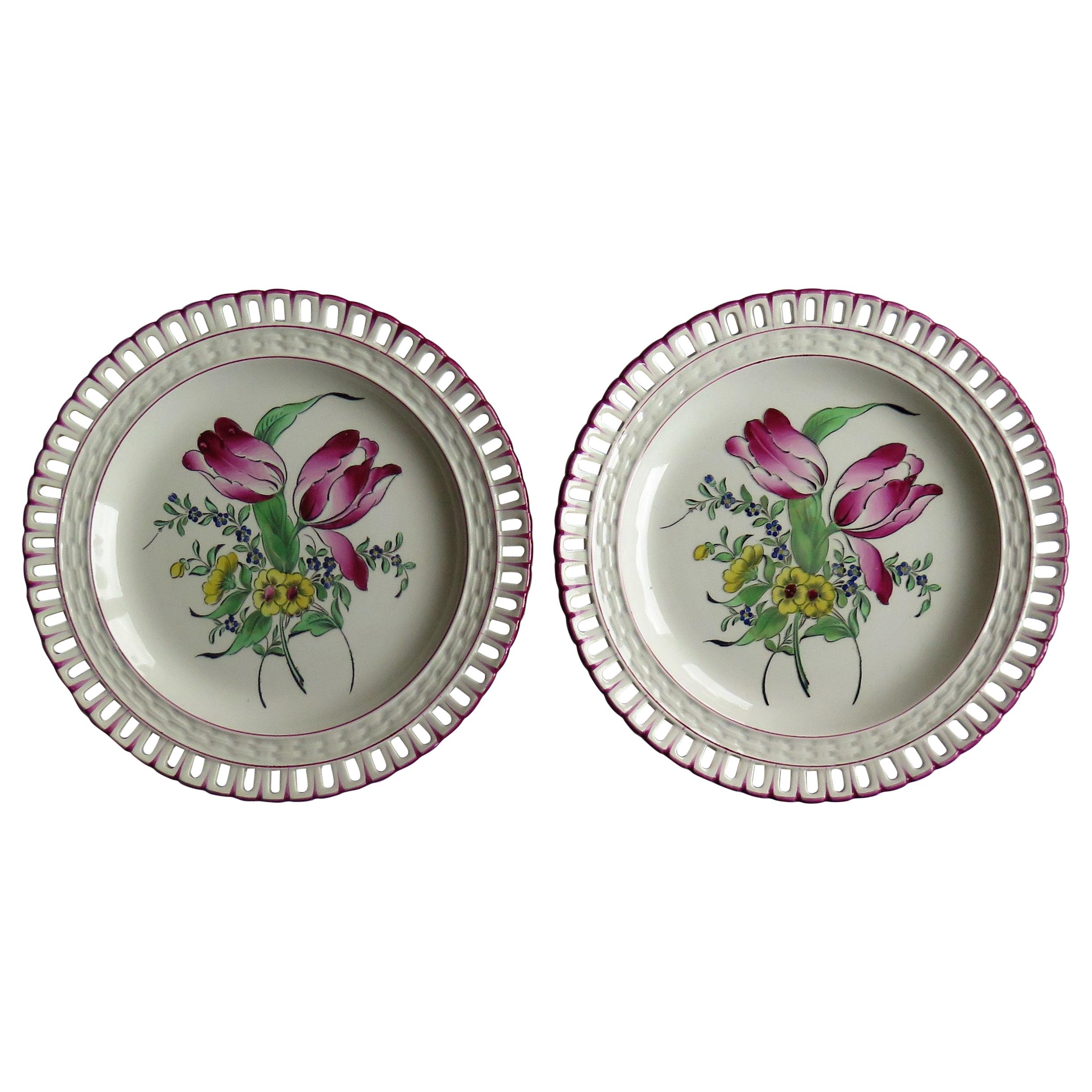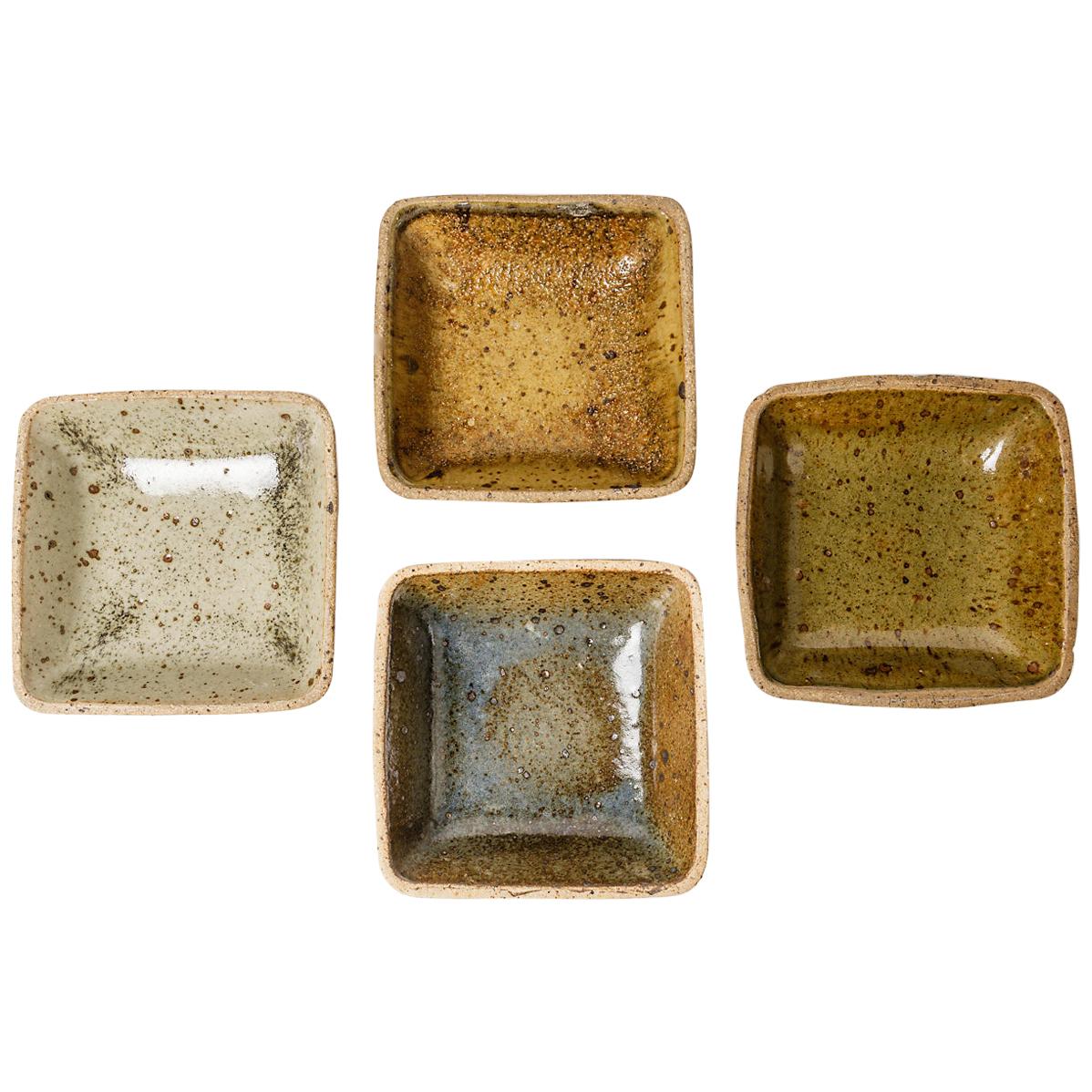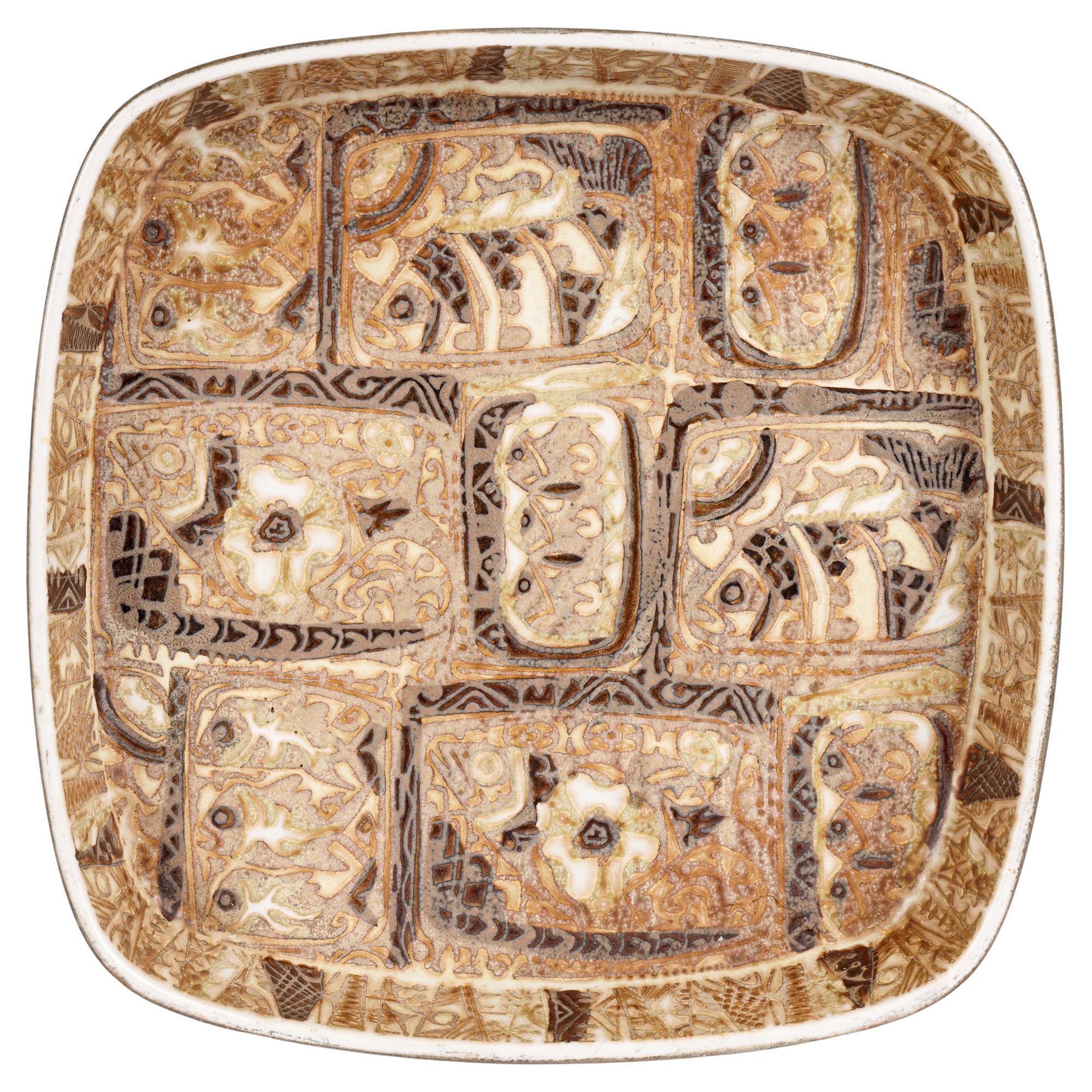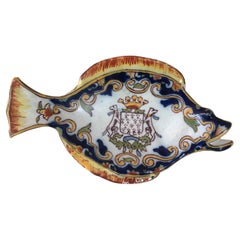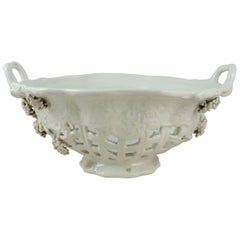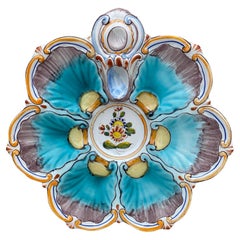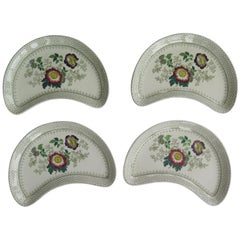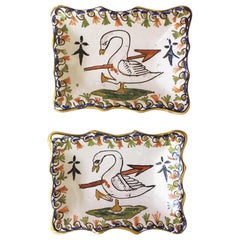
Pair of French Faience Swan Dishes, circa 1910
View Similar Items
Want more images or videos?
Request additional images or videos from the seller
1 of 5
Pair of French Faience Swan Dishes, circa 1910
About the Item
- Dimensions:Height: 0.3 in (7.62 mm)Width: 2.4 in (6.1 cm)Depth: 3.3 in (8.39 cm)
- Sold As:Set of 2
- Style:Country (In the Style Of)
- Materials and Techniques:
- Place of Origin:
- Period:1910-1919
- Date of Manufacture:1910
- Condition:
- Seller Location:Austin, TX
- Reference Number:1stDibs: LU2379312861522
About the Seller
5.0
Platinum Seller
These expertly vetted sellers are 1stDibs' most experienced sellers and are rated highest by our customers.
Established in 1995
1stDibs seller since 2016
1,512 sales on 1stDibs
More From This SellerView All
- Faience Fish Dish Desvres, Circa 1910By DesvresLocated in Austin, TXSmall faience fish shape dish or platter Desvres circa 1910. Decorated with a coat of arms.Category
Vintage 1910s French Rustic Decorative Dishes and Vide-Poche
MaterialsFaience
- French White Reticulated Grapes Basket, circa 1900Located in Austin, TXFrench white faience grapes-motif reticulated handled basket, circa 1900.Category
Antique Early 1900s French Romantic Decorative Baskets
MaterialsFaience
- French Faience Oyster Plate Saint Clement, circa 1890By Saint-ClémentLocated in Austin, TXFrench Faience oyster signed plate Saint Clement, circa 1890. Rustic, Country style.Category
Antique 1890s French Country Dinner Plates
MaterialsFaience
- French Faience Oyster Plate Saint Clement, circa 1890By Saint-ClémentLocated in Austin, TXFrench Faience oyster signed plate Saint Clement, circa 1890. Rustic, Country style.Category
Antique 1890s French Country Dinner Plates
MaterialsFaience
- French Faience Oyster Plate Saint Clement, circa 1890By Saint-ClémentLocated in Austin, TXFrench Faience oyster signed plate Saint Clement, circa 1890. Rustic, Country style.Category
Antique 1890s French Country Dinner Plates
MaterialsFaience
- French Faience Oyster Plate Saint Clement, circa 1890By Saint-ClémentLocated in Austin, TXFrench Faience oyster signed plate Saint Clement, circa 1890. Rustic, Country style.Category
Antique 1890s French Country Dinner Plates
MaterialsFaience
You May Also Like
- Set of FOUR Victorian Masons Ashworths Ironstone Supper Dishes, circa 1890By Mason's IronstoneLocated in Lincoln, LincolnshireThese are a good and unusual set of four ironstone supper dishes from the Mason's Factory when it was owned by the Ashworth Brothers. From about 1861 the Mason's Company traded under...Category
Antique Late 19th Century English Late Victorian Decorative Dishes and V...
MaterialsIronstone, Pottery
- French Faience Dishes or Plates Made circa 1780Located in Katonah, NYWe are pleased to offer these two 18th century French faience dishes painted with figures. The first plate, mustard yellow on a white ground, fea...Category
Antique 1780s French Chinoiserie Delft and Faience
MaterialsFaience
- Vintage Danish Ceramic Dishes by Søholm 1960s, Set of 2By Søholm StentøjLocated in Asaa, DKVintage Danish ceramic dishes by Søholm 1960s, set of 2 Matching set of stoneware platters from Danish manufacturer Søholm on the island of Bornholm. Nature inspired decorations in e...Category
Vintage 1960s European Mid-Century Modern Ceramics
MaterialsCeramic
- Pair of Small Vintage French Decorative Trays by Albert Thiry 'circa 1970s'By Albert ThiryLocated in London, GBA pair of French ceramic decorative dishes with fish motif (circa 1970s) by Albert Thiry. Two oval-shaped ceramic dishes have a chalk-white glazed surface. Within the dishes' recesse...Category
Vintage 1970s French Decorative Dishes and Vide-Poche
MaterialsCeramic
$511 Sale Price / set20% Off - Two Pairs of Italian Maiolica Baskets, circa 1780By Antonio FerrettiLocated in Milano, ITTwo pairs of maiolica baskets Antonio Ferretti Manufacture Lodi, circa 1770-1790 Maiolica polychrome decorated “a piccolo fuoco” (third fire). Measures: A) Height 3.54 x 6.69 x 9.84 in (9 x 17 x 25 cm); B) Height 3.93 x 7.48 x 11.02 in (10 x 19 x 28 cm). Total weight 4.85 lb (2.200 kg) State of conservation: A) One of the smaller baskets has some areas of restoration, the other slight chipping from use; B) One of the larger baskets is intact and the other shows a clearly glued break. The mold with which the baskets were forged simulates a wicker weave. The two larger works have high, vertical walls, with branch-shaped handles penetrating the weave. The painted decorations, small polychrome flowers applied only externally, highlight the points where the weaves intersect. The decision to leave the center of the basket devoid of decoration is highly unusual, but given the size and complexity of the shape, as well as the quality of the enamel, it is possible to hypothesize that it represents a precise choice in manufacturing or for a particular client. The two smaller baskets have small, twisted handles and, on the outside, reproduce more decisively the characteristic wicker weave, obtained through thin molded lines. The interior exhibits a rich, typical decoration of naturalistic flowers: a bunch centered around a main flower and secondary stems accompanied by small “semis”. The exterior of these works is also adorned with small little flowers where the weaves intersect. The size and morphological characteristics of the baskets confirm their attribution to the Lodi factory of Antonio Ferretti between 1770 and 1790, during its most successful period; by this point his original reworking of the "Strasbourg" decoration, known as "old Lodi", had achieved great fame even outside Italy. This decorative choice represented a strong point of the Lodi factory, which established itself thanks to the vivid nature of the colors made possible by the introduction of a new technique perfected by Paul Hannong in Strasbourg and which Antonio Ferretti introduced in Italy. This production process, called “piccolo fuoco” (third fire), allowed the use of a greater number of colors than in the past; in particular, the purple of Cassius, a red made from gold chloride, was introduced. Its use allowed for many more tones and shades, from pink to purple. The Ferretti family had started their maiolica manufacturing business in Lodi in 1725. The forefather Simpliciano had started the business by purchasing an ancient furnace in 1725 and, indeed, we have evidence of the full activity of the furnaces from April of the same year (Novasconi-Ferrari-Corvi, 1964, p. 26 n. 4). Simpliciano had started a production of excellence also thanks to the ownership of clay quarries in Stradella, not far from Pavia. The production was so successful that in 1726 a decree of the Turin Chamber came to prohibit the importation of foreign ceramics, especially from Lodi, to protect internal production (G. Lise, La ceramica a Lodi, Lodi 1981, p. 59). In its initial stages, the manufacture produced maolicas painted with the “a gran fuoco” (double fire) technique, often in turquoise monochrome, with ornamentation derived from compositional modules in vogue in Rouen in France. This was also thanks to the collaboration of painters like Giorgio Giacinto Rossetti, who placed his name on the best specimens next to the initials of the factory. In 1748 Simpliciano made his will (Gelmini, 1995, p. 30) appointing his son Giuseppe Antonio (known as Antonio) as universal heir. After 1750, when Simpliciano passed away, Antonio was directly involved in the maiolica factory, increasing its fortunes and achieving a reputation on a European level. Particularly important was the aforementioned introduction in 1760 of the innovative “a piccolo fuoco” (third fire) processing, which, expanding the ornamental repertoire with Saxon-inspired floral themes, could commercially compete with the German porcelains that had one of its most renowned offerings in the naturalistic Deutsche Blumen. Antonio Ferretti understood and promoted this technique and this decoration, proposing it in a fresher and more corrective version, less linked to botanical tables...Category
Antique 1770s Italian Neoclassical Ceramics
MaterialsMaiolica
- Pair Creamware Dishes 18th Century England Painted in Pink & Purple Made c-1785Located in Katonah, NYThis is a pair of English creamware dishes from the 18th century, created around 1785. The plates display a lovely chinoiserie scene with women selecting accessories. The scene depic...Category
Antique Late 18th Century English Chinoiserie Ceramics
MaterialsCreamware


